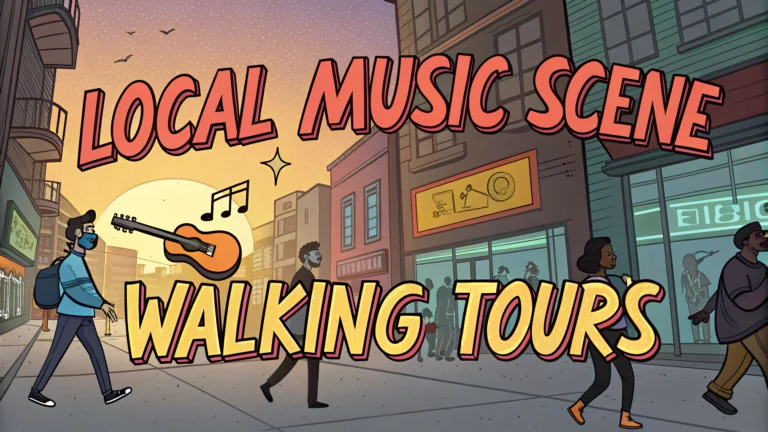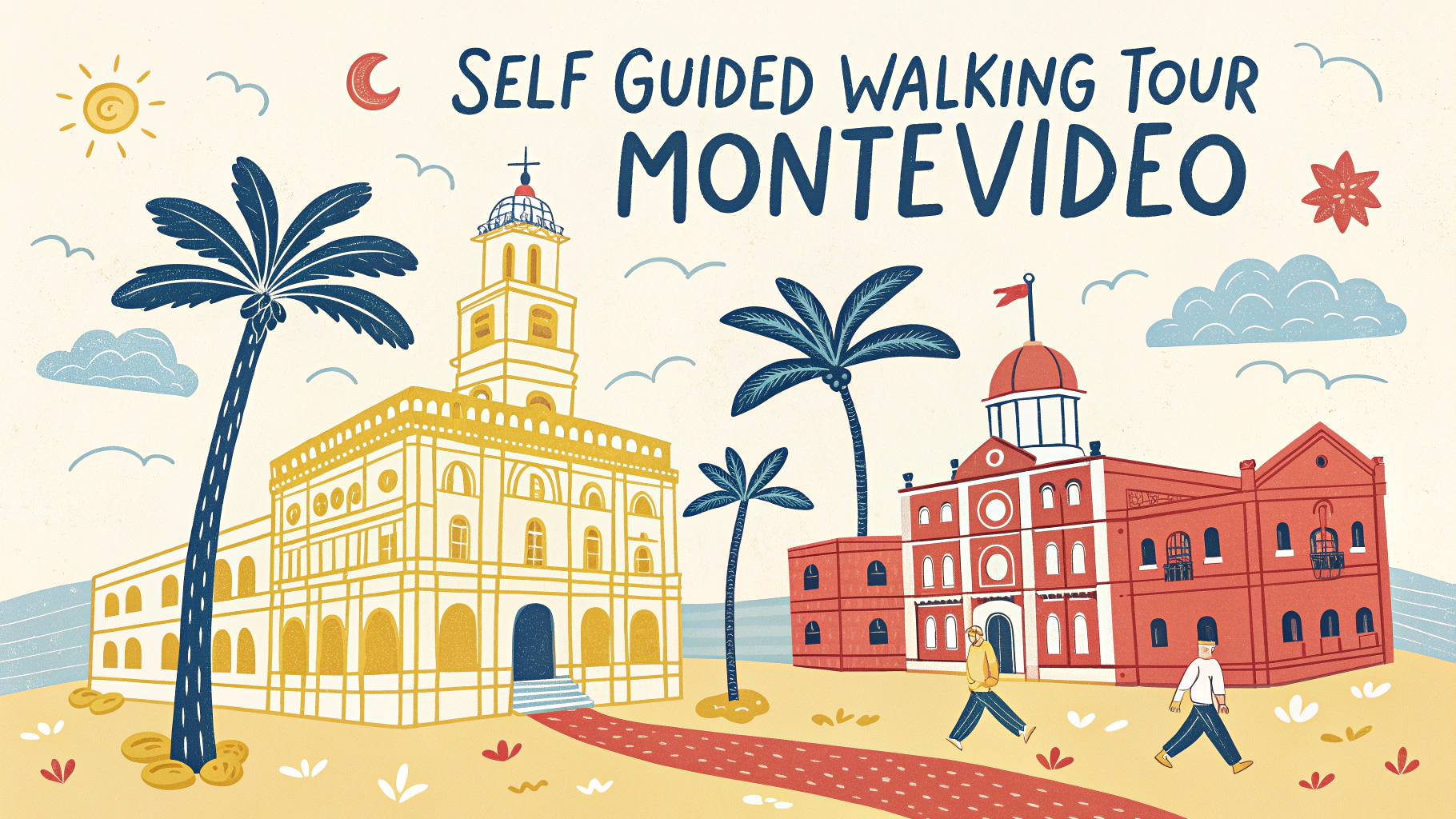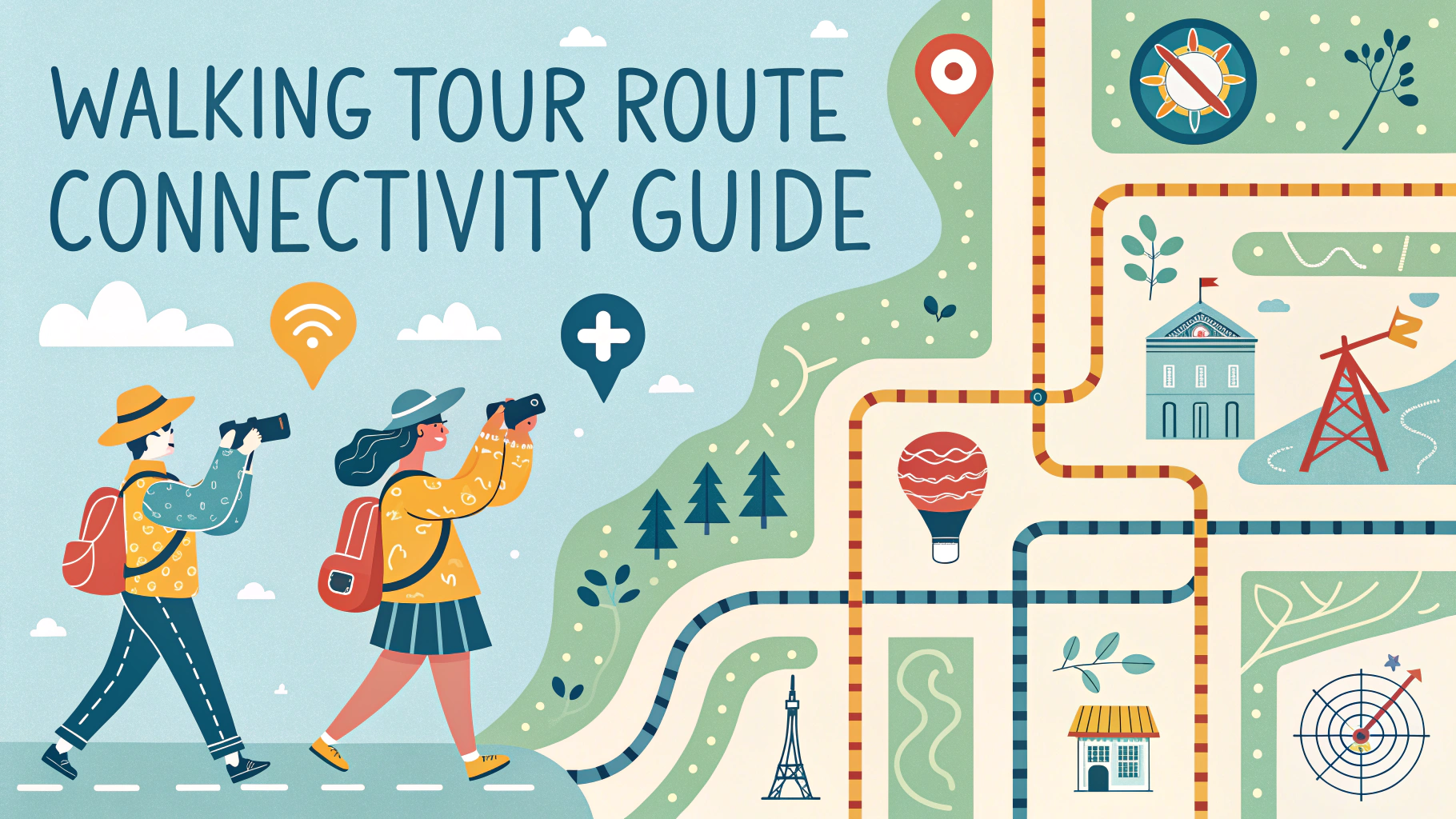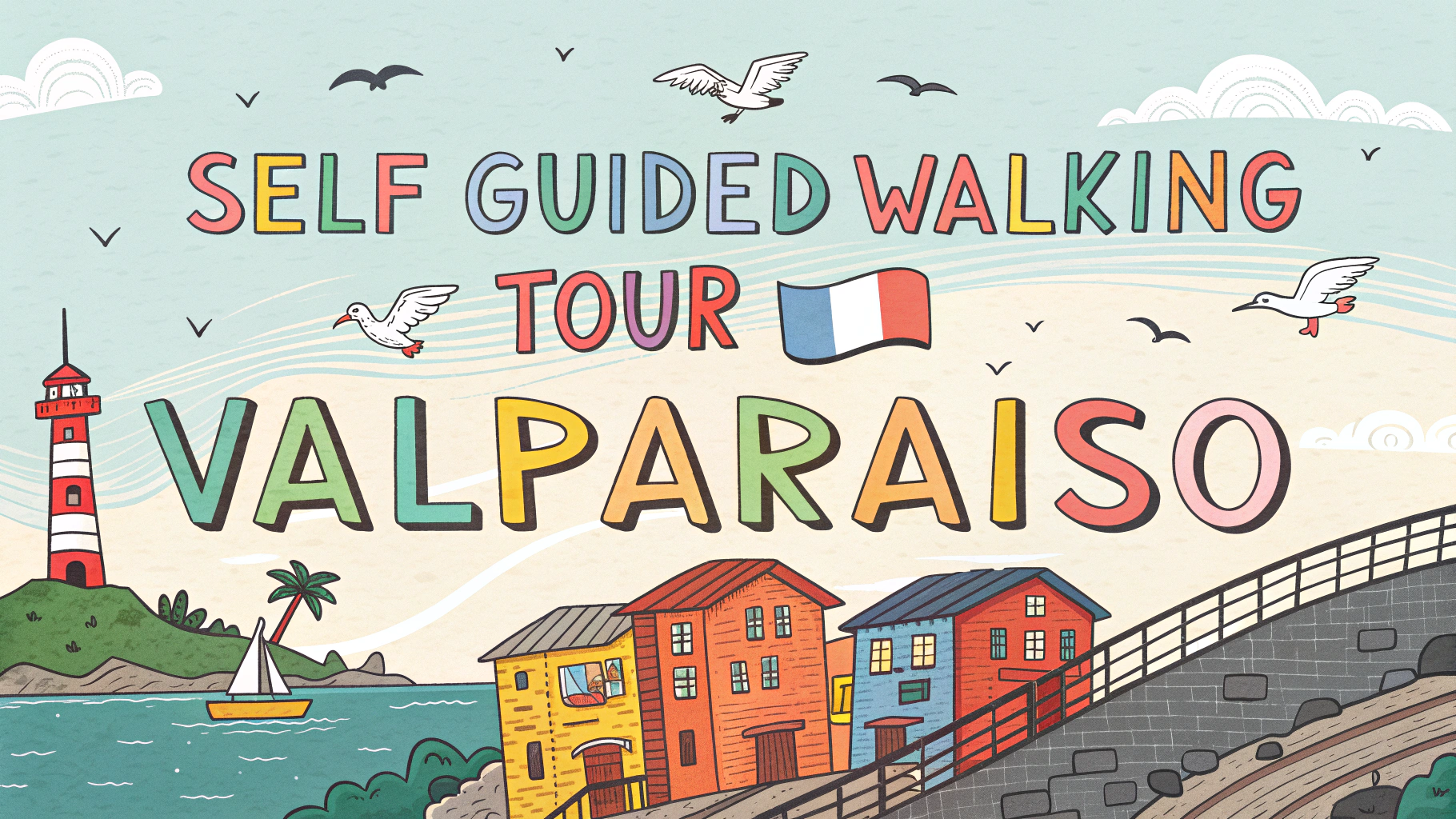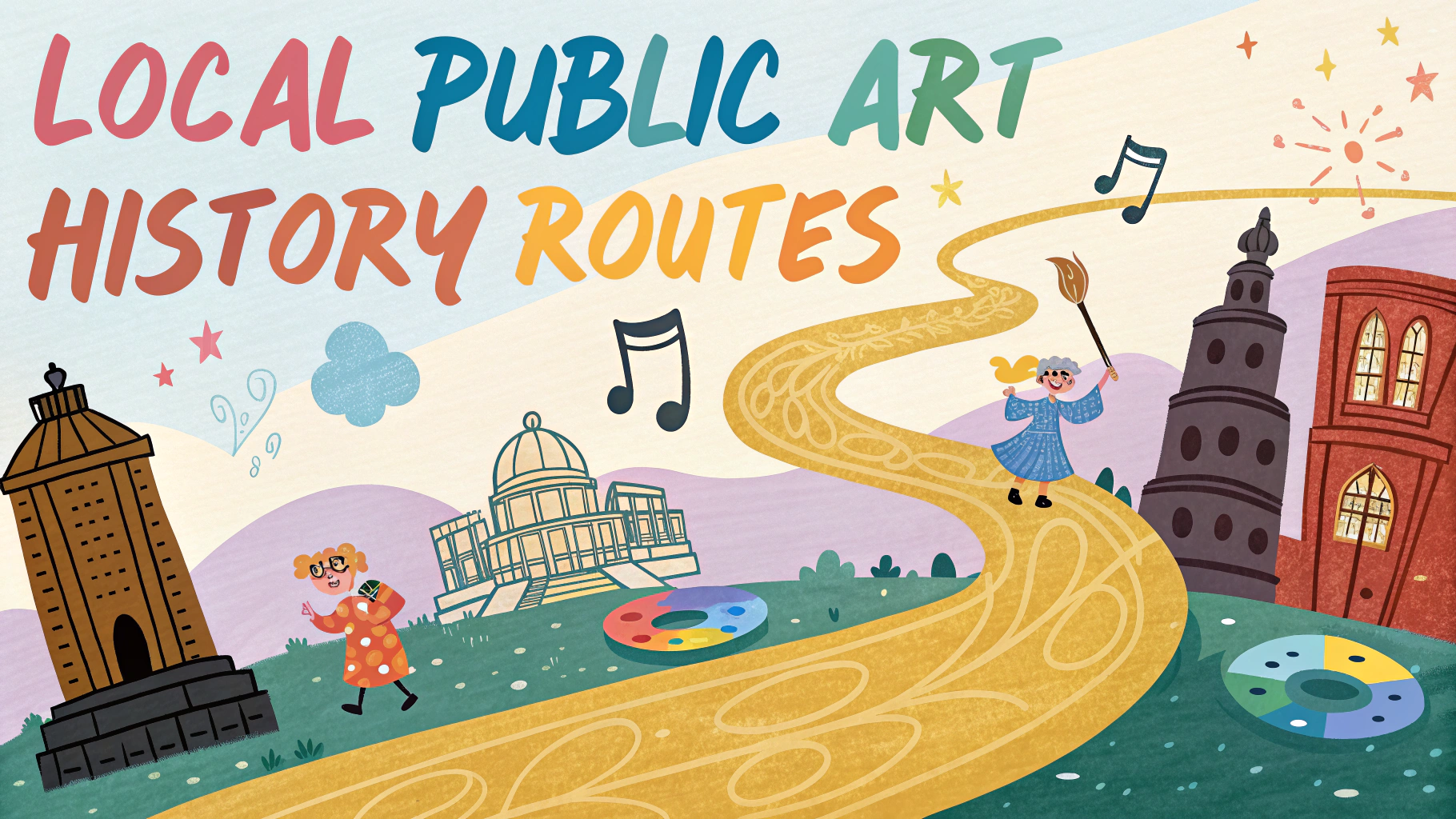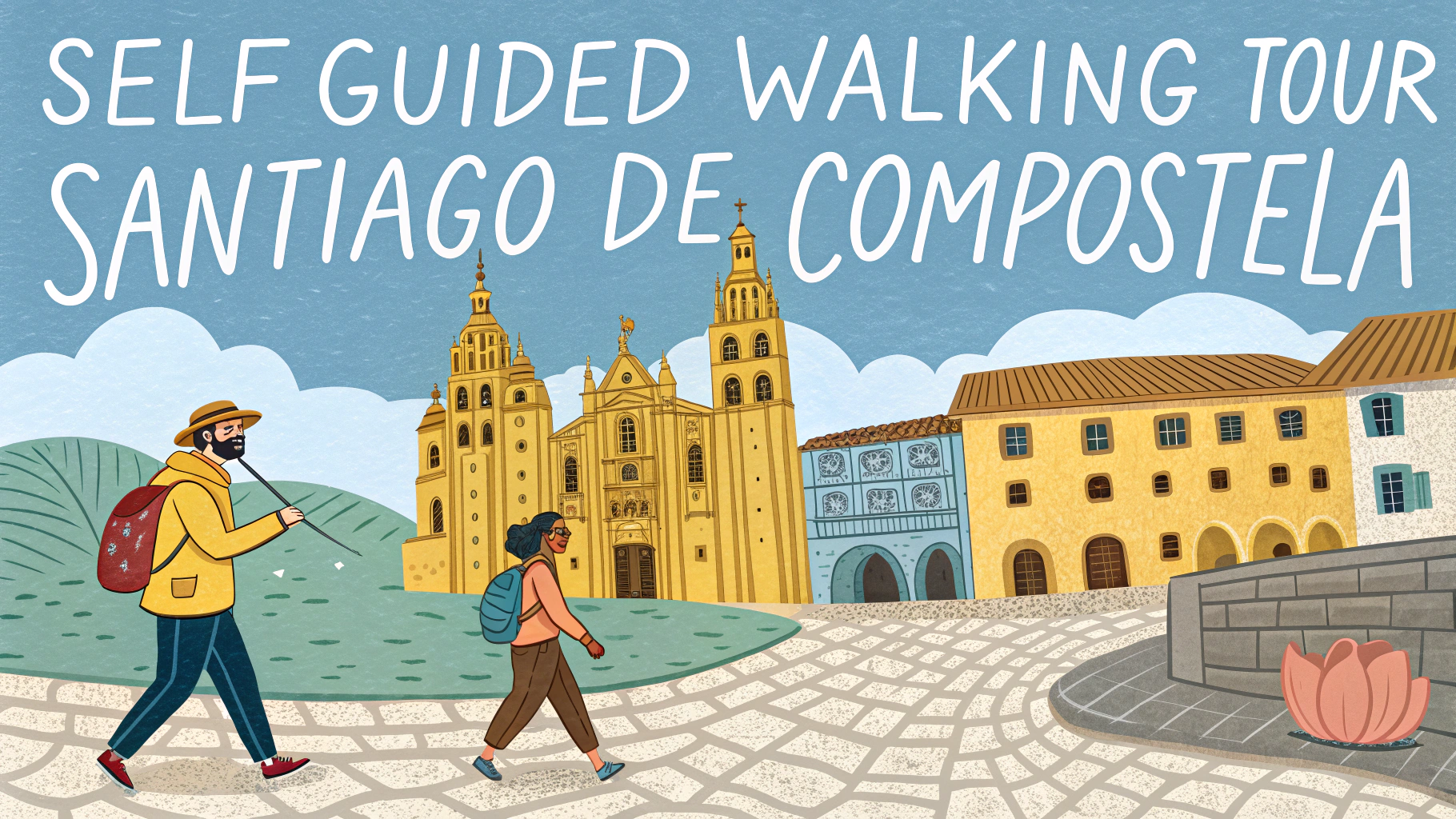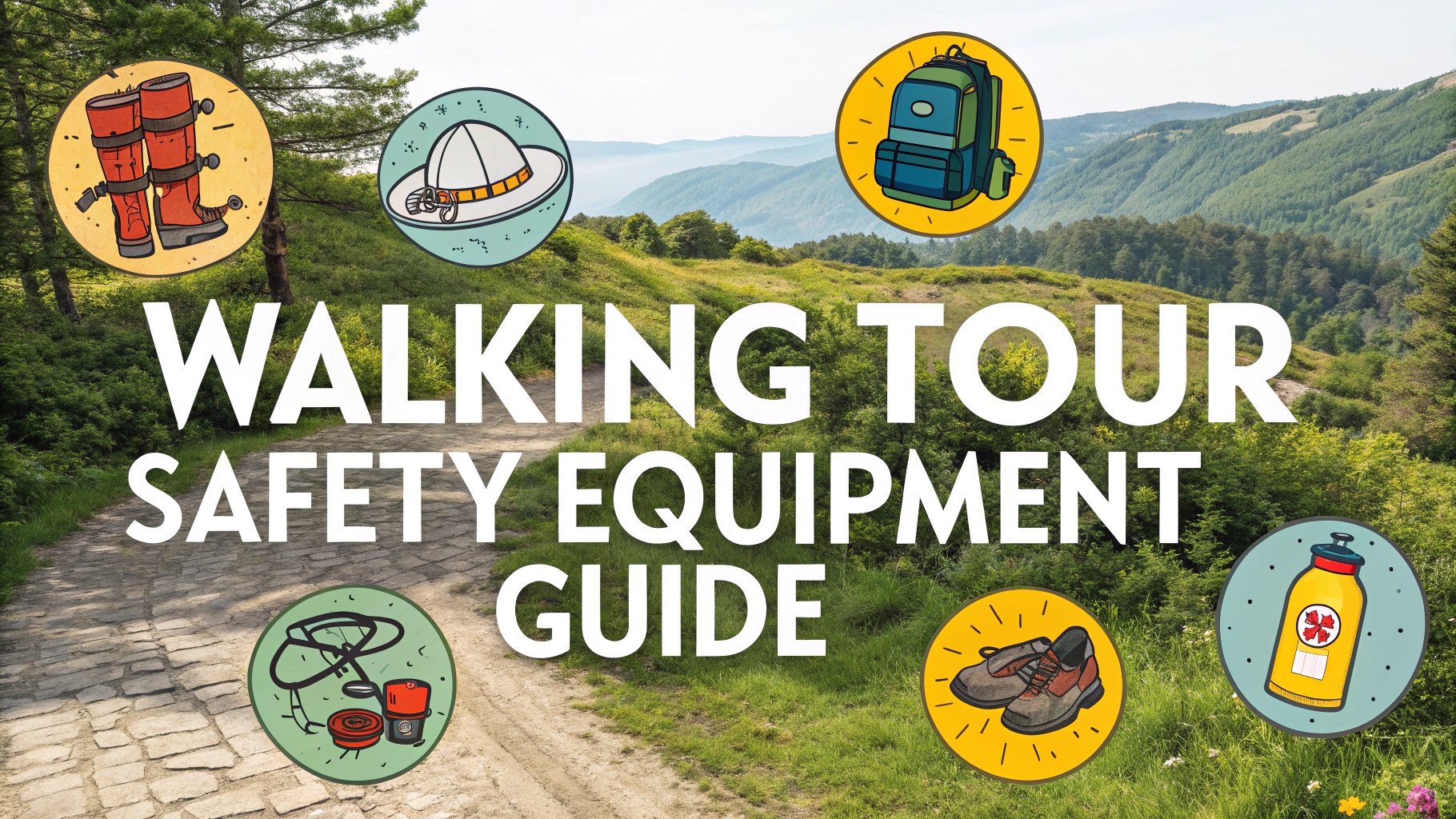Self-guided walking tours through local music scenes let you explore a city’s musical heritage and current hotspots at your own pace.
Planning Your Music Scene Walk
Research the area’s musical history before starting, including famous venues, recording studios, and musician hangouts.
- Download offline maps to your phone
- Check venue operating hours
- Plot your route based on walkable distances
- Pack comfortable walking shoes
- Bring a portable charger for your phone
Essential Stops on Music Scene Tours
Include these key locations in your walking route:
- Historic Music Venues: Active and former concert halls
- Record Stores: Both vintage and modern shops
- Recording Studios: Where famous albums were created
- Musicians’ Homes: Former residences of notable artists
- Music-themed Cafes: Places where musicians gather
Documentation Tips
Create a personalized tour experience with these documentation methods:
- Take photos of historical markers
- Record venue locations in your phone
- Make notes about opening hours
- Save playlist links of local artists
Safety and Etiquette
Follow these guidelines during your walk:
- Respect private property boundaries
- Ask permission before photographing inside venues
- Keep noise levels appropriate in residential areas
- Walk in groups after dark
Enhanced Experience Tips
Make your music walk more engaging with these additions:
- Listen to local artists while walking
- Time your walk to catch live performances
- Talk to record store staff for local music recommendations
- Check venue calendars for upcoming shows
Recommended Apps
- Google Maps: Create custom routes
- Spotify: Create local artist playlists
- BandsInTown: Check live music schedules
- AllTrails: Save and share your route
Remember to check venue websites or social media for current operating hours and events before starting your tour.
Local Music Scene Variations
Different cities offer unique musical experiences based on their heritage and current culture:
- Major Cities: Multiple districts with distinct musical identities
- College Towns: Underground venues and indie scenes
- Historic Districts: Heritage sites and memorial landmarks
- Cultural Centers: Multi-genre fusion and diverse influences
Seasonal Considerations
Adjust your walking tour based on seasonal factors:
Summer
- Start early to avoid peak heat
- Include outdoor venues and festivals
- Plan water breaks and indoor rest stops
Winter
- Focus on indoor venues and exhibits
- Check weather forecasts for walking conditions
- Include warm-up stops at music cafes
Post-Tour Activities
Extend your music scene experience after the walk:
- Share route recommendations online
- Create digital scrapbooks of discoveries
- Write reviews of visited venues
- Connect with local music communities
Conclusion
Self-guided music scene walks offer an intimate way to discover a city’s musical soul. Through careful planning, proper documentation, and respectful exploration, these tours provide unique insights into both historical and contemporary music culture. Whether you’re a casual music fan or dedicated enthusiast, these walking tours create memorable experiences while supporting local music communities.
FAQs
- What is the best time of day to take a local music scene walking tour?
Late afternoon to evening is ideal as many music venues begin their operations, historic sites are still open, and you can transition into experiencing live performances after the tour. - How should I prepare for a self-guided music history walking tour?
Wear comfortable walking shoes, bring a charged phone for navigation and audio content, carry water, download any relevant tour apps or maps beforehand, and check venue operating hours. - What should I expect to see on a typical local music scene walking tour?
Historic music venues, famous recording studios, musician landmarks, former club locations, record stores, street art related to local musicians, and places where significant musical events occurred. - How long does a typical self-guided music walking tour take?
Most tours take 2-3 hours to complete at a leisurely pace, but timing can vary depending on how many stops you make and whether you enter venues or attractions. - Are music walking tours suitable for all age groups?
Yes, most music walking tours are family-friendly, though evening routes passing active nightlife areas may be more suitable for adults. Check individual tour recommendations for specific age guidance. - How can I find authentic local music landmarks when creating my own route?
Consult local music history books, visit the city’s music heritage website, check with local record stores, and research historical societies for verified locations and significance. - Should I book anything in advance for a self-guided music tour?
While not always necessary, it’s advisable to book ahead if you plan to enter specific venues, museums, or studios that are part of your route, especially during peak tourist seasons. - What’s the best way to navigate between music locations on a self-guided tour?
Use a combination of downloaded offline maps, dedicated walking tour apps, and printed maps. Many cities also offer official music heritage trail markers or plaques to follow. - Can I combine a music walking tour with live music experiences?
Yes, research venues along your route that offer live music and plan your tour to end near active performance spaces. Many historic venues still host regular shows. - What should I do if certain locations on my music walking tour are closed or inaccessible?
Have alternative stops planned, take photos of exterior landmarks, and consider visiting during different hours. Many historic music sites have informative plaques or markers outside.
